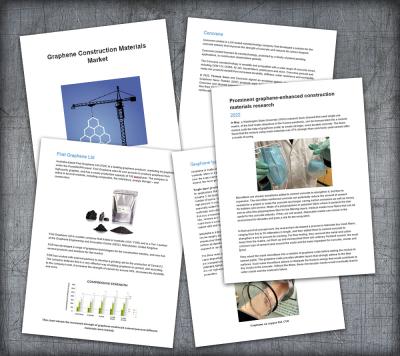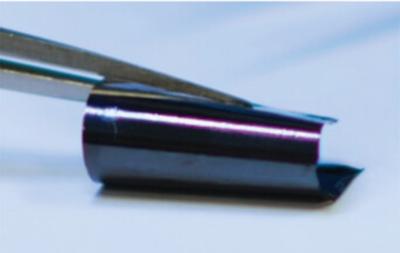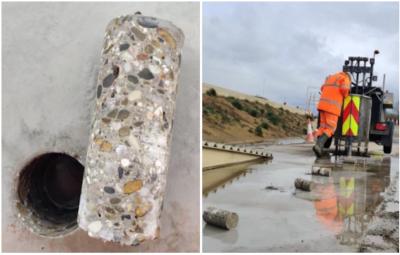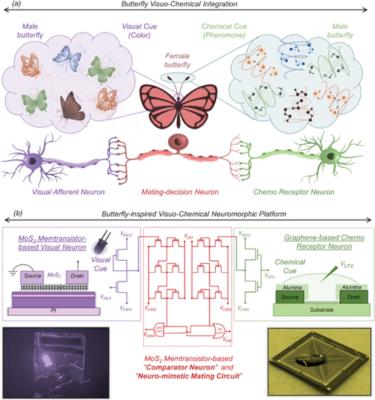Graphene-Info launches a new edition of its Graphene-enhanced Construction Materials Market Report
Today we have published the latest edition of our Graphene Construction Materials Market market report, a comprehensive guide to the world of graphene-enhanced construction materials. The edition, now updated to April 2024, includes over a dozen updates, new companies, new research results and more.
Reading this report, you'll learn all about:
- The advantages of using graphene in construction materials
- Companies involved in this industry
- Projects and trials underway today
- Research activities
The report package also provides:
- Datasheets and brochures from leading companies
- A look into how graphene can reduce carbon emissions
- A look into Chinese graphene construction materials projects
- Free updates for a year
This Graphene Construction Materials market report provides a great introduction to graphene materials used in the construction industry. It is a must-read guide for anyone interested in understanding the current market, mapping the companies involved and evaluating the future of the construction industry.



